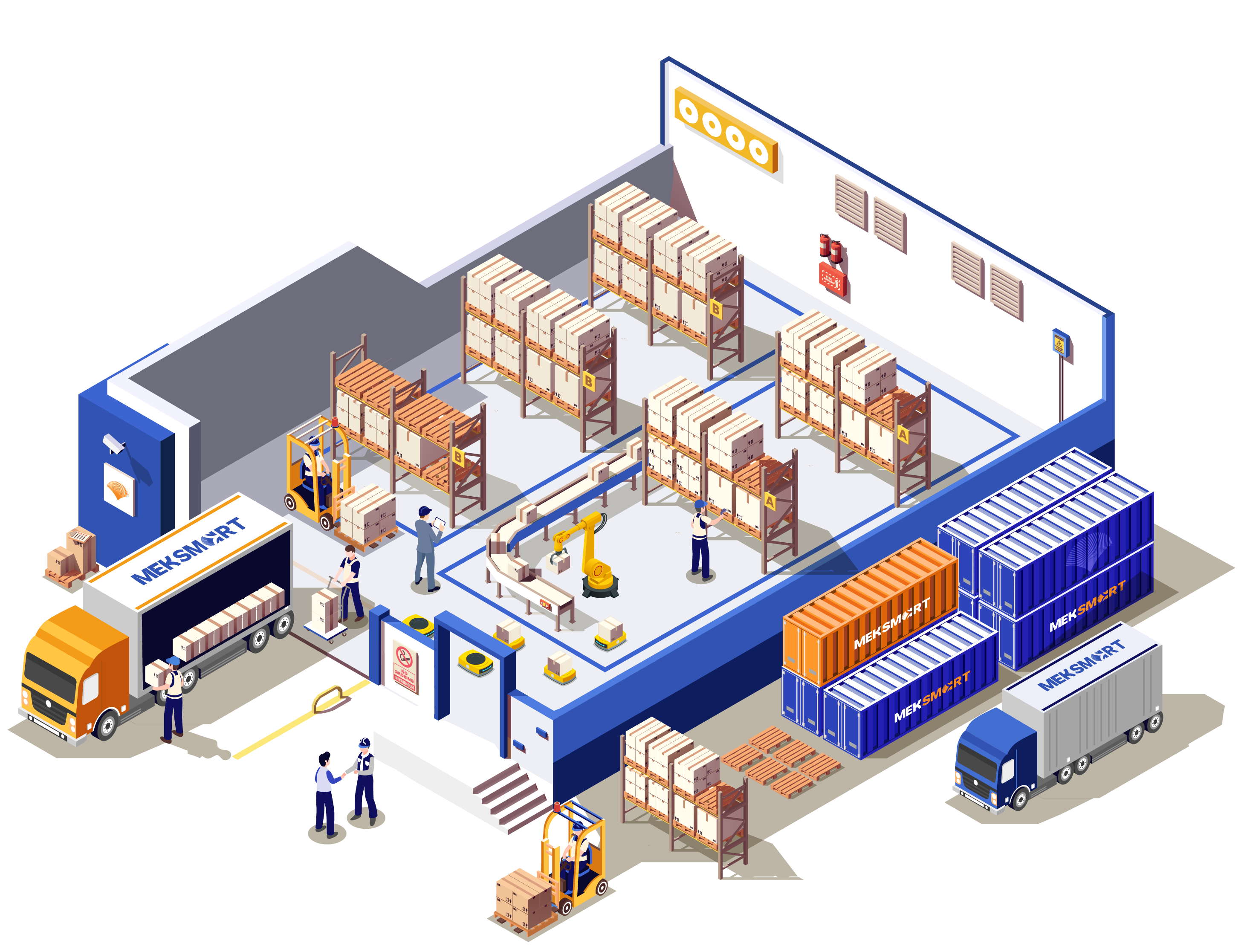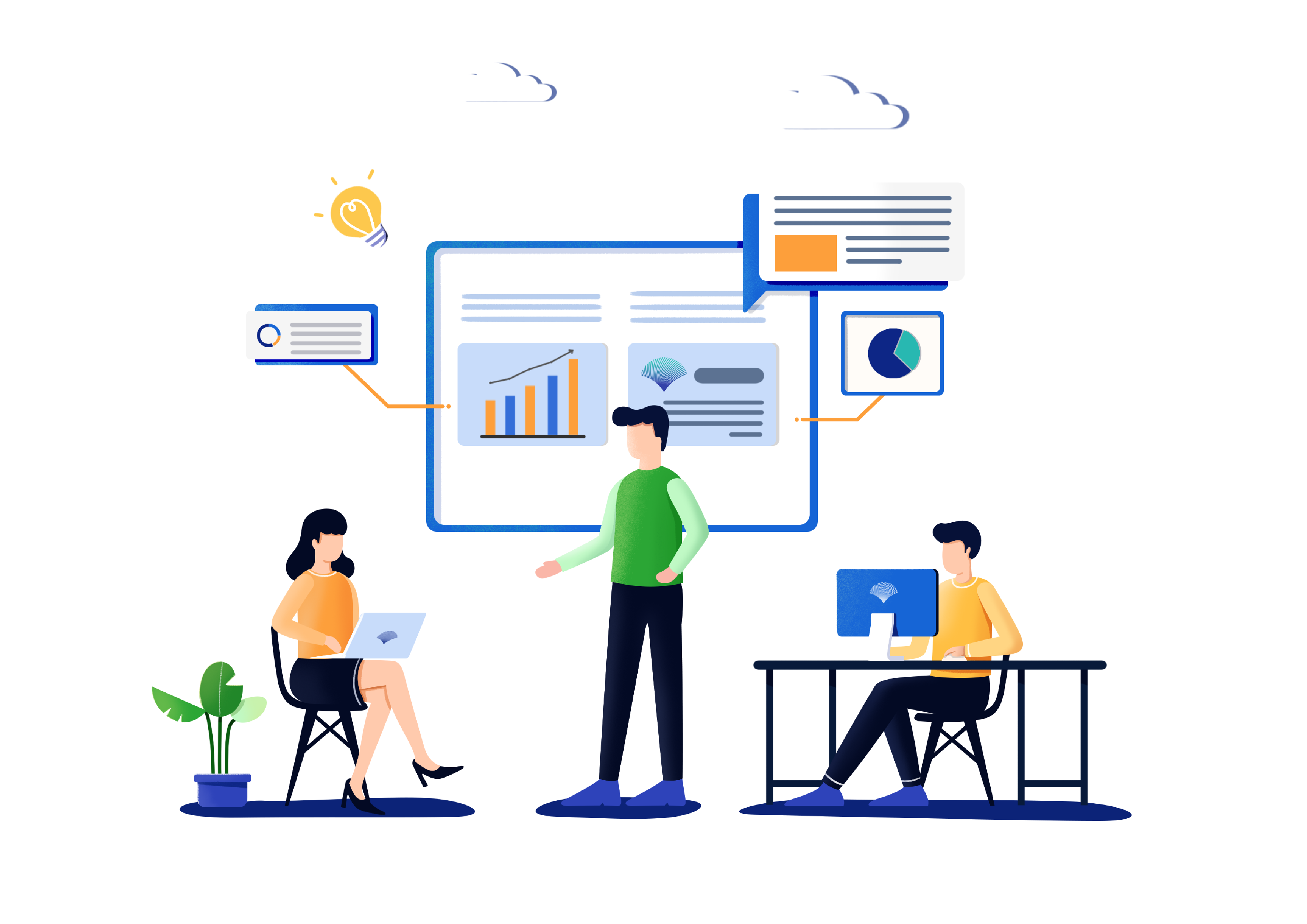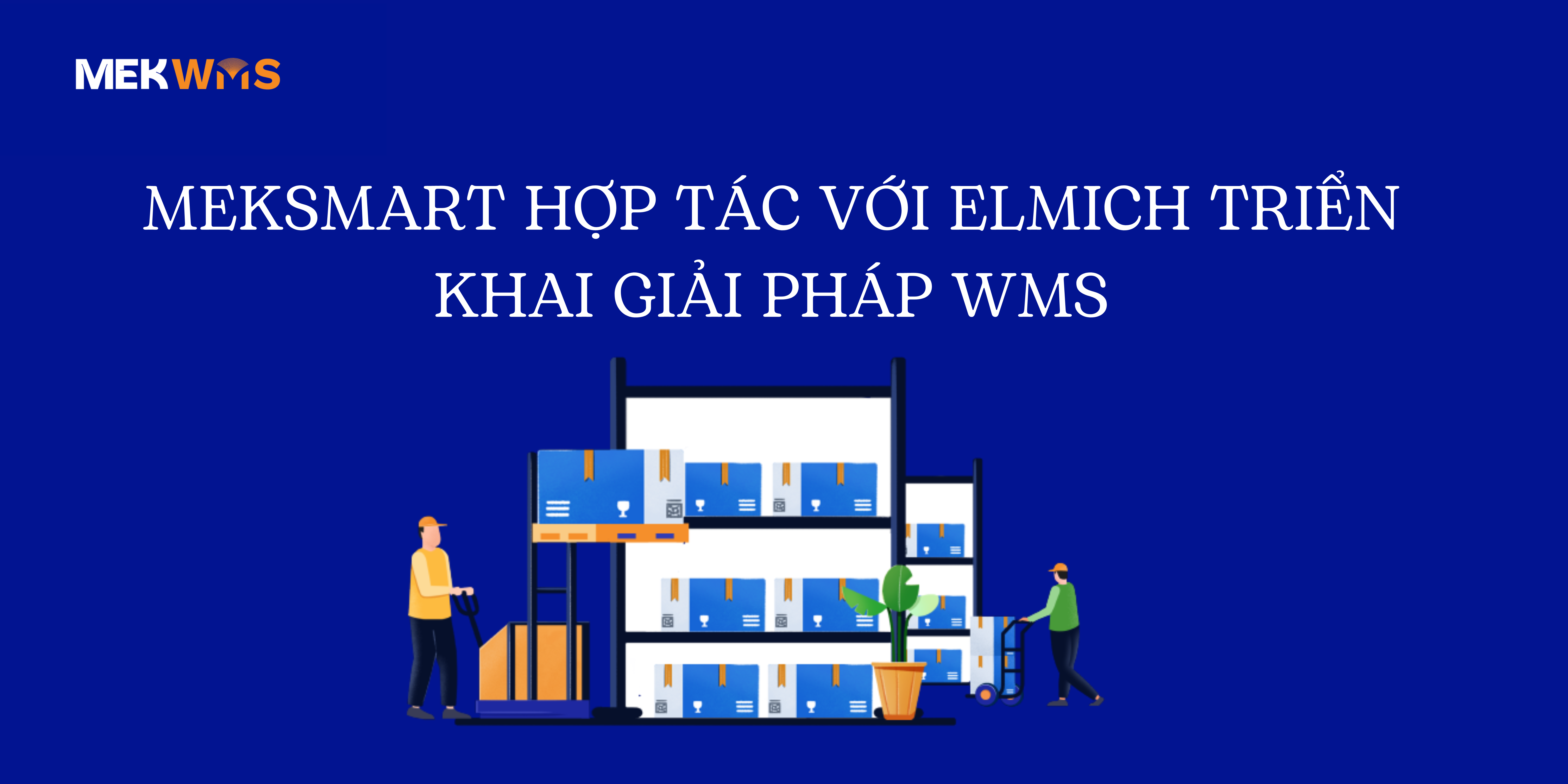MEKSMART
GENERAL NEWS
Author:
Update: 10/11/2022
7 KEY PROCESSES IN WAREHOUSE OPERATIONS
Is the operating process of the warehouses the same or different?
The answer is YES, and also NO.
Why Yes? Because repositories usually have 7 of the same processes. Accordingly, two processes are related to the input flow, three are related to the output flow, one is related to the return process as well as the process of adding value to the goods.
Why No? Let's find out the difference in the warehouses.
In fact, the handling of goods flows as well as the way of managing logistics activities at each warehouse is different, depending on the characteristics of each industry and other related factors, such as: : warehouse activity intensity, storage capacity, temperature, order records, legal requirements, company culture, and volume of goods moving through the facility.
1. Process of receiving goods
The act of handling products into the warehouse and into the system pick-up can be applied to single products, items, liters, boxes, packages, crates, kilograms, or pallets. The best way to receive a product is through an Advance Shipping Notice (ASN) from the supplier. With this information in the system, operators can scan consignment barcodes to upload to the ASN. If the delivery matches the ASN, the goods can be entered into the receiving system.
But at this point, the cargo is still considered processing, even though it may be ready for storage. Some systems allow goods to be received into inventory at this point, while others require goods to be sent to a specific inventory location before the inventory location is updated. . The receiving process depends entirely on the customer's requirements and how the system is set up.
2. Procedure for placing goods in a predefined location
The stocking process begins when the operators receive a takeaway order from the enterprise's ERP system (Enterprise Resource Program) or WMS (Warehouse Management) system. Then scan the relevant commodity barcode to prepare for the stocking operation. If a barcode is not available, manual entry can be performed, confirm that the goods are authentic. At this point, the system directs the personnel to transport the goods to the relevant storage location.
Once the items are in the designated area, the operator will either scan the barcode or manually confirm that the correct location has been found, then place the item in place before confirming that the stocking process is complete.
3. Pick up goods
There are two main methods of picking commonly used:
Primary: This is the first stage in the picking process. In some cases, goods will be shipped directly to the processing or packaging area for completion, signing, and distribution. In this case, the primary picking stage also terminates the picking phase.
Secondary: This is the second stage in the picking process. Some primary goods will continue to be processed in the secondary process, especially when the selected item must be allocated to group orders or to individual orders through the system sorting process. With the explosion of online sales, many companies are prioritizing the use of secondary picking processes.
Once an order is received, normally orders will be updated in 'real-time' or in 'waves'. Real-time orders are updated as soon as they are received. Orders accumulated for specific pickup times and shipping routes are known as 'waves'.
4. Packing
There are many ways that goods are packaged in distribution centers. Instead of studying the details of specific packaging processes, you can refer to the following 5 packaging rules:
Goods must be tracked from the location where they are stored, along with the date, time, and item number.
Accuracy testing and quality assurance must be built into the process.
Picking from different areas of the warehouse should be easily combined and managed by the system to ensure order fulfillment.
Goods must be packed according to size, quantity, temperature, toxicity, value, fragility, hygiene requirements, and applicable law.
Shipments should always be tracked with the system for documents and invoice numbers for future traceability.
5. Distribution
The secret behind successful distribution lies in the ability to have cargo ready for departure, just in time for the carrier to load the truck. Distribution center managers must forecast and schedule packaging and distribution operations according to the service provider's arrival time. For example, if goods are ready too soon, there will be a disturbance in handling areas, while if delivery is later than planned, it will delay loading and potentially cause delays. late delivery.
6. Process of handling returned goods (Return)
Handling returns is a complex part of business operations. Especially in the current e-commerce era, the volume of returned goods is always a headache for businesses.
The complexity surrounding the handling of returned goods requires compliance with the following rules:
When customers return goods, find out what items are being returned and why they are being returned.
All recalled goods must be tracked: orders, documents, and invoices.
Companies must have a return procedure to define the activities for handling goods after they have been returned to the warehouse, e.g. return to the warehouse, repair, destruction, disposal, recycling, return to the manufacturer. export, etc.
All credits must be recorded along with the reason why the goods were returned.
Inventory information must be updated when goods are returned for storage, or for other use.
7. The process of adding value to the product
This is the part of a business where products are manufactured, collected, assembled, re-labeled, modified, or otherwise performed with value-adding processes. The process of adding value to a product is essentially the activities associated with the product to make it available for sale.
This process of adding value can be complicated, especially when many different ingredients are combined to form a new product. The complexity around handling value-adding processes and the changing nature of ingredient products in and out-of-shelf locations can be daunting. Over the years, systems have evolved to help, but many companies find the record of value-added components may not be compatible with the way a typical Logistics or ERP, or WMS system has been built. establish.
Conclude
From the above analysis, you may have realized that the modern distribution center supply chain is an integration of many complex processes, activities, and transactions. But now, with the continuous improvement of technology, starting with an investment in ERP and WMS systems designed to suit the situation of each business, are the essential factors to stay competitive. competition and improve operational efficiency to bring the highest benefits to businesses in the new era.
According to logisticsbureau.com







